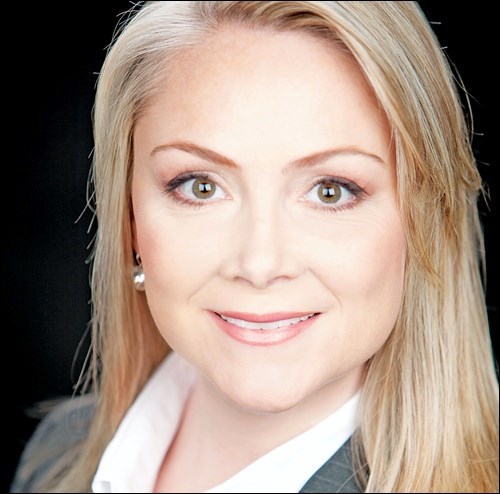How can you tell if your portfolio is properly diversified? A prospective client asked me to review an investment portfolio of several hundred thousand dollars consisting of two big holdings: iShares Canadian Growth Index ETFand the Fidelity True North Fund Series A. Both are good performers in themselves. But she wondered whether her investments were diversified enough. Here’s what I discovered.
A properly diversified portfolio will maximize profits and minimize risk. When you purchase a mutual fund or exchange-traded fund, you are buying a share of a pool that is invested in specific assets that might include Treasury bills, stocks, and bonds in variety of sectors and countries. For asset allocation purposes, funds can be broadly segregated into the main asset groups: safety; income; and growth. But for portfolio management purposes, funds are categorized by a far more detailed classification system. One of the most widely-used systems is established and monitored by the Canadian Investment Funds Standards Committee, and is used in the fund data resource website FundLibrary.com.
She mentioned that she holds both the iShares Canadian Growth Index ETF (TSX: XCG) and the Fidelity True North Fund Series A.Both funds have decent track records. But both are categorized as Canadian Equity, and each has good internal diversification in the Canadian equity market. Nothing wrong with that in itself. Drilling down into the funds’ holdings tells a different story, however. If she holds both these funds in equal measure in her portfolio, she is in effect doubling her holdings of certain stocks that are found common to the top 10 holdings of each fund.
Check the table below, which shows the top 10 holdings of each fund as of November 30. Half of the top 10 in each fund (highlighted in yellow) is duplicated in the other fund. The investor has way too much exposure to just a small handful of stocks, increasing her risk profile considerably.

As a risk reduction tool, asset diversification makes sense. If you are inadvertently under-diversified, as in this investor’s case, you have concentrated too much capital in one area, and you may be doing more harm than good. Not only are you paying twice for the same holdings (through the funds’ MERs), but you also expose your portfolio to greater downside risk, because of course, if these stocks decline in one fund, they’ll see precisely the same decline in the other.
If you find yourself in this situation, my suggestion is to review your investment objectives and risk tolerance to determine an appropriate asset allocation – in other words, first decide how much you want to commit to the broad categories of safety, income, and growth. Once you’ve completed this step, you can begin to select the funds that meet your desired outcome. To avoid falling into the under-diversification trap, compare the holdings of each fund in your portfolio and assess their suitability in your desired allocation and risk targets. If you find you’ve got too much concentration in one area, consider searching for funds in other categories with holdings that aren’t as closely correlated.
The FundLibrary.com has some powerful filters and screening tools to help you get started. But be careful not to go to the other extreme of over-diversification, which can increase costs, monitoring time, and ultimately dilute overall portfolio returns. Limit your fund holdings to between six and 10 funds.
Contact a qualified advisor to assist you if you are not clear about the range of options available to you.
Courtesy Fundata Canada Inc. © 2015. Robyn Thompson, CFP, CIM, FCSI, is president of Castlemark Wealth Management. This article is not intended as personalized advice. Securities mentioned are not guaranteed and carry risk of loss.



